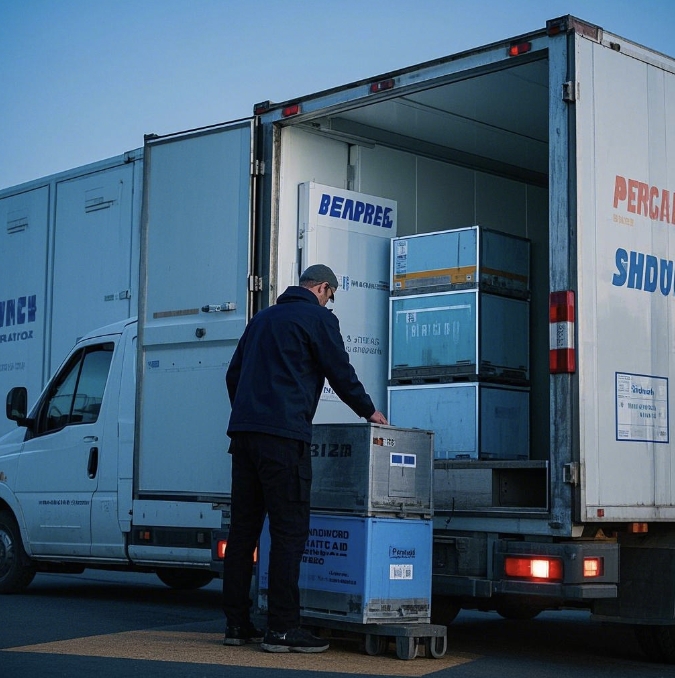
The cold chain industry plays a crucial role in maintaining the integrity and safety of temperature-sensitive goods, allant des produits pharmaceutiques aux aliments périssables. One...

In today’s globalized economy, the demand for temperature-sensitive products—ranging from fresh food to pharmaceuticals—has never been greater. The cold chain logistics industry plays a crucial...

In the modern cold chain industry, the need for efficient and reliable temperature-controlled packaging solutions is more critical than ever. From pharmaceuticals to fresh foods,...

À une époque d'accélération de la mondialisation et des progrès rapides des biopharmaceutiques, La logistique de la chaîne du froid est devenue l'épine dorsale critique pour la sauvegarde des marchandises sensibles à la température telles..

Dans la vie de famille moderne, Le confort et la santé sont toujours parmi les préoccupations les plus importantes. Que vous ayez besoin de vous détendre après une journée bien remplie..

Sur le marché mondial d'aujourd'hui, Expédition des aliments surgelés efficacement et en toute sécurité est plus important que jamais. Que vous soyez un distributeur alimentaire, un fournisseur de restaurant, ou un ...

Dans le marché au rythme rapide d'aujourd'hui, Expédition des produits sensibles à la température en toute sécurité et efficacement est une priorité absolue pour de nombreuses entreprises. Que vous expédiiez de la nourriture, médicaments, ou autre périssable ...

En ce qui concerne l'expédition de produits sensibles à la température, Le maintien de la bonne température est crucial. Que vous envoyiez des aliments frais, médicaments, ou d'autres marchandises périssables, Glace tempk ...

En tant que parents, S'assurer que nos enfants ont des repas nutritifs et frais tout au long de la journée scolaire est une priorité absolue. L'un des facteurs les plus importants dans ...

En tant que parents’ L'attention aux habitudes alimentaires saines de leurs enfants continue de croître, Le maintien de la fraîcheur et de la température de leur déjeuner est devenu une préoccupation clé..

Avec plus 537 millions de personnes souffrant de diabète dans le monde entier, Le stockage sûr de l'insuline est devenu un défi quotidien critique. Les méthodes de refroidissement conventionnelles échouent souvent à des températures élevées ou..

Introduction dans le monde dynamique de la logistique et du commerce électronique, Le maintien de l'intégrité des produits pendant le transit est critique. Les packs de glace en vrac pour l'expédition sont devenus un..

L'importance de la chaîne du froid dans le transport pharmaceutique et vaccinal protégeant l'intégrité des produits pharmaceutiques, en particulier les vaccins, sont très sensibles aux fluctuations de température. Par exemple, beaucoup...

L'introduction dans un monde où le maintien de la bonne température pour divers articles est crucial, Les sacs d'isolation tempk ont émergé comme un jeu – Modification de la solution ....

Introduction dans le tourbillon du jeûne d'aujourd'hui – existence rythmée, la prévalence des inconforts corporels et la signification croissante de soi – Les soins sont indéniables ....